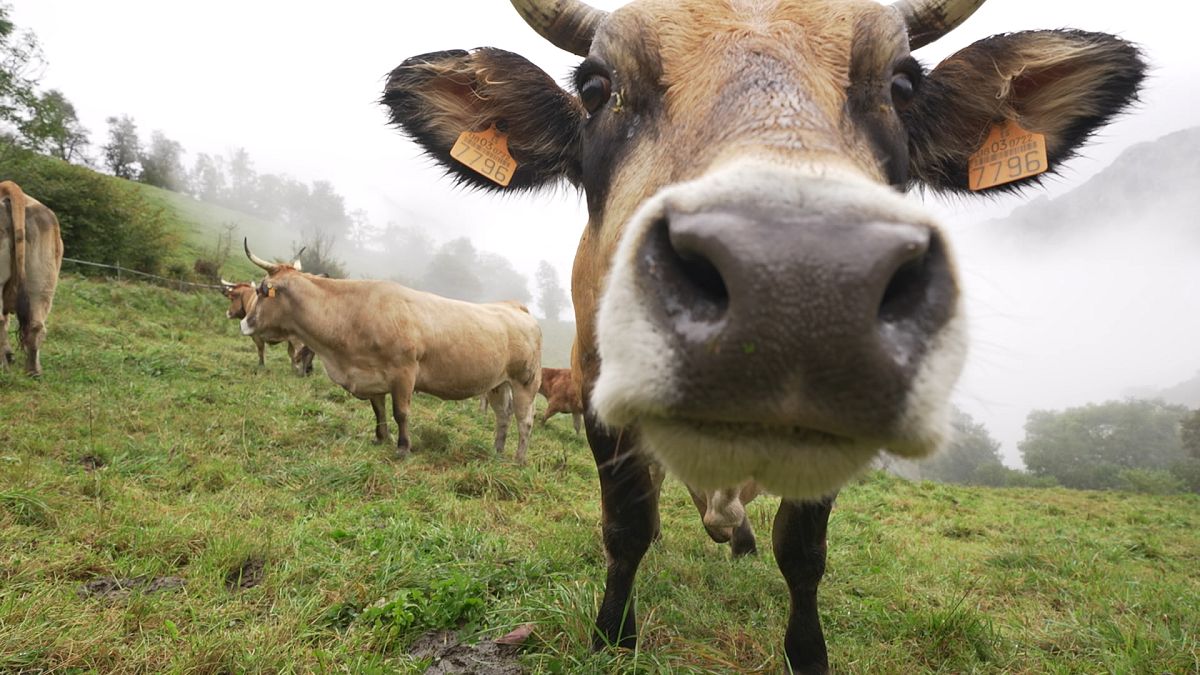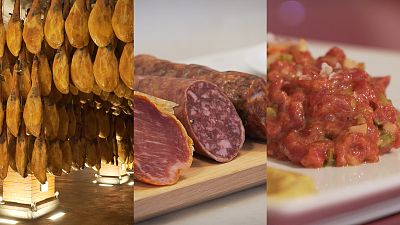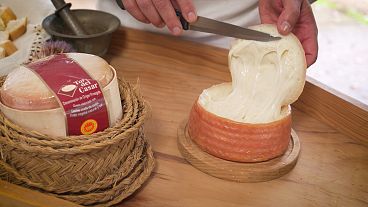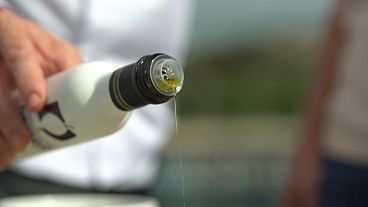From generational handovers of cattle to its luscious meadows, these northern Spanish regions just might have the secret to high-quality meat
The regions of Asturias and Galicia in the northwest of Spain, are known for producing excellent veal, granted by the Protected Geographical quality labels (PGI).
I’m visiting the Asturian mountains where native cows roam freely in an exceptional setting. Abundant rainfall here maintains the rich pastures throughout the year.
Local breeds Roxa and Casina are well adapted to rough terrain and extreme temperatures…
Asturias is a region of microclimates and possesses a great variety of pastures. In a few kilometres, one can drive from these high mountain pastures to more saline meadows on the edge of the Atlantic Ocean.
The rearing traditions are based on working in harmony with the environment. Like many families in Asturias, many inherit the family business.
Jose Ramón Viña lives along this dramatic coastline. He has raised cattle passed down from his parents. Now, Ramón has a new daughter, Angela.
"She will be the fourth generation of cattle breeders, my grandfather started the breeding business, then my father followed, now it’s me and hopefully she will follow as well,” Ramón says.
"Cows graze freely in these pastures almost all year round. They are kept inside the barn only during the two or three months during the winter, where they eat fodder, but the rest of the year they graze freely”.
Calves are fed with maternal milk in Asturia for at least 5 months to gain PGI status. Asturian cows can be recognised easily by their distinct brown coat and black patches around the eyes, muzzle, ears and the tip of the tail and the horns
Raised in nature and free from stress ensures the natural flavour. It is excellent for cooking the typical Asturian veal dish called cachopo.
“It is a tender, juicy, tasty meat because the fibres are very short, which makes it very succulent to eat,” says IGP Ternera Asturiana chef Sergio Rama. “ "We are eating high-quality proteins. These are animals that are raised happily, they are outdoors all day long and that translates into happiness on the plate."
Galicia
Rearing cattle forms the livelihood of more than 8,000 families in Galicia.
Angel’s Santos Pereira, a Lugo, inherited his herd and the ancestral husbandry traditions. Breeding with maternal milk is essential, as it improves calves’ welfare. According to Pereira, calves in Galicia must consume seven months of their mother’s milk in order to obtain its GPI standards. Pereira feeds his calves for 10 months with maternal milk.
Galician blond cows are the main local breed. The tradition of livestock farming prevents the depopulation of these rural areas.
Quality standards have led Galician meat to be among the most highly prized in the world.
Hector Lopez is a GPI chef at gastrobar España in Lugo. The restaurant specialises in regional meats and dishes. Veal meat and sirloin steaks are the favourites among locals and visitors alike.
Who knew nature can be tasted in every bite!



